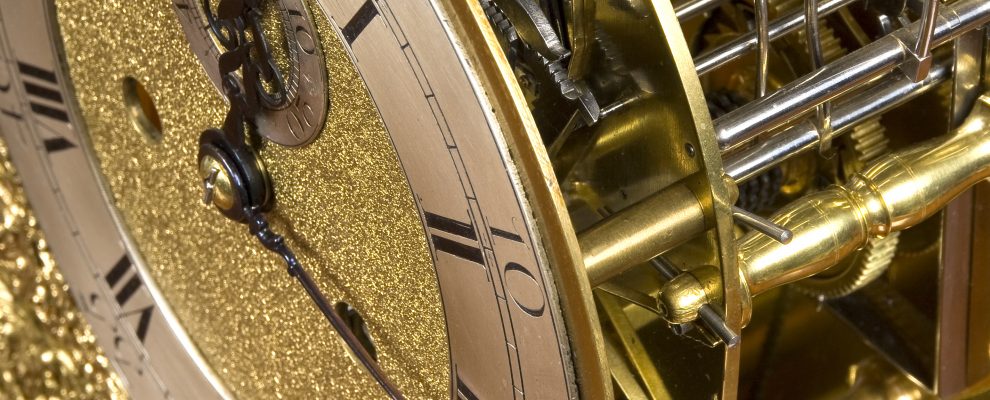Henry Hindley (c1700–1771) can be considered one of the greatest of York and Yorkshire clockmakers, and remains one of the most celebrated inventors and craftsmen of his age. Hindley cultivated skills and developed technologies that far exceeded those of the conventional clockmaker, producing exceptionally fine timepieces but also inventing advanced machine tools and scientific instrumenhttps://www.fairfaxhouse.co.uk/wp-admin/edit.php?post_type=articlests.
Hindley originated in Manchester, but beyond that little is known about his life before he came to York, which he did with his family in 1730, at the age of about thirty. Hindley may well have been attracted to York as a place to practice his trade by the promise of work and patronage that could be expected in this thriving city, a centre for fashion and elite society and a vigorous trading centre and port.
Upon arriving in York Hindley swiftly made his mark, opening a workshop in Petergate and setting about earning his right to practice his trade legally as a freeman of the city. At the time this could be obtained either by completing an apprenticeship in the city or through purchase. Hindley took the latter course, effectively paying in kind for his freeman status. In March 1731 York’s Guild of Freemen ordered that ‘Henry Hindley Clockmaker shall be admitted for the Freedome of this City upon his making & presenting a very good and handsome eight days Clock and Case for the Lord Mayors House & another for the Comon Hall, and taking care of the Same for one year’. Hindley shrewdly used this opportunity to demonstrate his skills to the wealthy merchant elite and city gentry of York who would be his future customers which also securing an annual retaining fee of fifteen shillings to service both clocks.
Hindley was soon successfully established in York, securing commissions for high-quality domestic clocks for the ‘polite society’ of the city and carrying out regular maintenance work on public clocks around the city. However, it was the turret clocks he created, designed to sit in churches, public buildings and towers on landed estates, for which he was most recognised. The most significant public clock he built in York is that still in place at York Minster, which he produced in 1750 for £300.
Hindley’s Catholicism may also have had a role in developing his business activities. York at this time was a centre for Catholic gentry, and Hindley may well have been first attracted to York by the prospect of patronage from wealthy fellow-Catholics. Whether or not this is the case, Hindley clearly established himself with a core regional Catholic clientele, receiving commissions from the Duke of Norfolk, William Constable of Burton Constable, the Bar Convent, and most pertinently to Fairfax House, Lord Fairfax.
Lord Fairfax turned to Hindley as both an eminent clockmaker and fellow Catholic to provide an eight-day turret clock for his estate at Gilling Castle. This timepiece used a very large pendulum some 52 feet in length, housed within a specially built buttress constructed against the castle wall. He also produced a year-going domestic timepiece for the Viscount, which required wounding only once a year, and included a complex calendar system and a temperature compensated pendulum to overcome the problems of flexion and expansion.
(From Keeping Time a temporary exhibition at Fairfax House, 5th October-31st December 2012)

Name: Hannah Phillip
Title: Director
Source: Keeping Time (Fairfax House, 2012)
